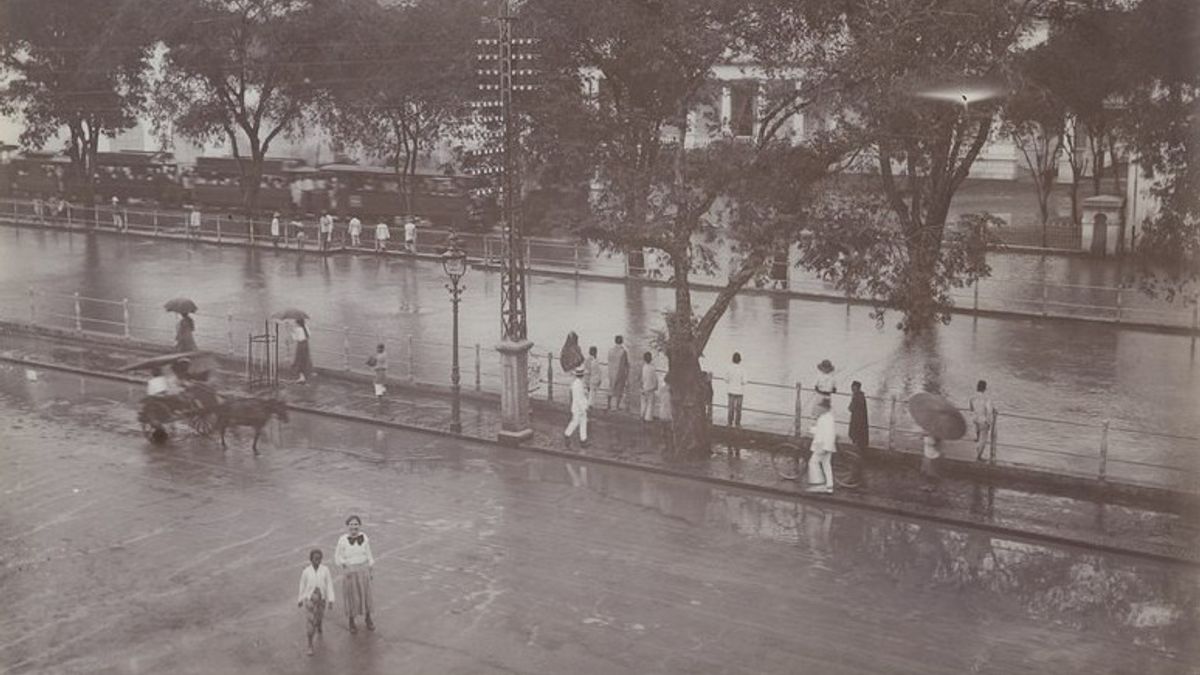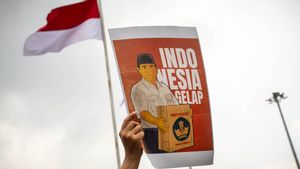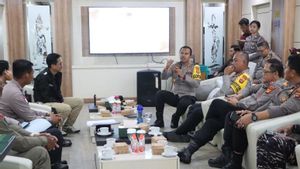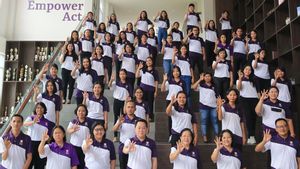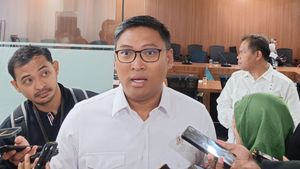JAKARTA - Floods in Batavia (now: Jakarta) are like a tradition. In fact, it has been going on since the early phase of Dutch colonialism. The Dutch East Indies Colonial Government often failed to prevent flooding. Moreover, the treatment taken was never serious. Alias collapsed.
Mohammad Husni Thamrin broke it down. He didn't want his village to be ransacked by floods. His rhetoric were booming. He became the first Bumiputra to force the Dutch to spend a lot of money to deal with flooding. He also initiated the Bandjir Kanaal Project to save Batavia.
Thamrin's concern brought the bumiputras free from the shackles of colonialism to no avail. Thamrin, who incidentally became the representative of the Bumiputra in the Dutch government, supported the struggle for other freedom fighters. From Soekarno to Tjipto Mangoenkoesoemo.
What was sacrificed Thamrin: money, energy, and thoughts. All for independence. Every day the Bumiputras who were considered radicals were arrested by the Dutch, Thamrin often put up bodies. He also put up when Soekarno was arrested by the Dutch.
His struggle to provide support to the fighters did not necessarily make Thamrin proud. He kept looking at the fate of his people: the Betawi people. Mainly the commoners. Thamrin also chose to put up so that the Betawi people's lives celebrations increased.
Previously, this concern was built because Thamrin's introduction to a Dutch named Van Der Zee. The socialist political figure who works in Gemeenderad (city council) Batavia has opened up a lot of horizons to think Thamrin. Vice versa. Thanks to him, Thamrin is willing to join politics. He tried to change the fate of the Betawi people and the natives through a career from within the City Council.
In the introduction of the two people whose nationalities are different, it seems that a dialogue has been established which in turn opens the way for each other to convey their own personal ideas. At that time Muhammad Husni Thamrin had indeed shown his interest in efforts to improve the lives of the Betawi people. He has noticed the condition of the surrounding community in the form of health conditions, education, economy and so on.
His attention to the things directly related to the fairy life of the community seems to be motivated by his childhood experience. What is meant is his intimate friendship with children of his age who come from a layer of commoners, which is clearly very different from the origin of Muhammad Husni Thamrin's family, who is a wedana child," said historian Anwar Gonggong in the book Muhammad Husni Tharin (1985).
Thamrin's narrative of defending the Betawis has spread everywhere. He perpetuated the improvement of slum villages to the provision of clean water. He did not want the Dutch only to enjoy the comfort of living in Batavia. While the people have to live in suffering.
Thamrin often voiced the improvement of the Betawi people's lives in every opportunity. Especially when he controlled the City Council podium. The rhetoric were booming. At its peak, the Dutch East Indies officials wanted to smooth out Thamrin's steps to deal with the Batavia flood.
Previously, the Batavia flood was a problem that often arises from year to year. This problem has not been solved from the early phase of Dutch colonialism (the period of the Dutch trading airline VOC). The owner of the policy at that time was reluctant to spend a lot of money to build Batavia, including controlling flooding.
The impact is everywhere. Batavia became a flood subscription. The disaster brought considerable losses. Not to mention, floods often bring disease outbreaks. A series of flood problems are also tried to be overcome. The results are predictable. In the end always failed.
Failure in previous times did not want Thamrin to continue. He competed like a savior. The rhetoric related to the importance of perpetuating the flood control project surfaced in an important meeting of the City Council. The Dutch East Indies colonial government was forced to spend a lot of money.
Thamrin got the green light. The opportunity was not wasted by him. Thamrin taught the architect of the famous Dutch East Indies irrigation field, Herman van Breen. The two then started a flood management strategy and effort to disrupt flooding in mitigation.
The name Kanaal Bandjir. Now remembered as the West Flood Canal and East Flood Canal. The effort was successful. Batavia was temporarily able to be free from flooding. Before finally the Netherlands no longer continued the projects initiated by Thamrin and Van Breen. The flood came back.
Therefore, no one is serious about dealing with flooding in Batavia, other than Thamrin. In fact, to this day. No leader really takes his time to think about tackling Jakarta's floods seriously and accurately.
Thamrin also expressed a complaint about the poor lighting of roads in the village area. An Indonesian writer noted about the meeting between Van der Zee and Thamrin, where he put forward the idea of building a large canal to deal with flooding. Such development must connect the Ciliwung River with the Krukut River to deal with flooding periodically at a low on the edge of Jakarta.
Furthermore, Thamrin advised Van der Zee to ask the council for attention. The same author then added that at several meetings that took place later with Van der Zee and Herman van Breen it was agreed that the construction of a large canal known as Bandjir Kanaal, on the banks of Batavia. Van Breen, who was the interim mayor of the capital city in 1920, in 1911-1921, was tasked with building flood control facilities in the city and around it," said Bob Hering in the book Mohammad Hoesni Thamrin (2003).
The English, Chinese, Japanese, Arabic, and French versions are automatically generated by the AI. So there may still be inaccuracies in translating, please always see Indonesian as our main language. (system supported by DigitalSiber.id)
